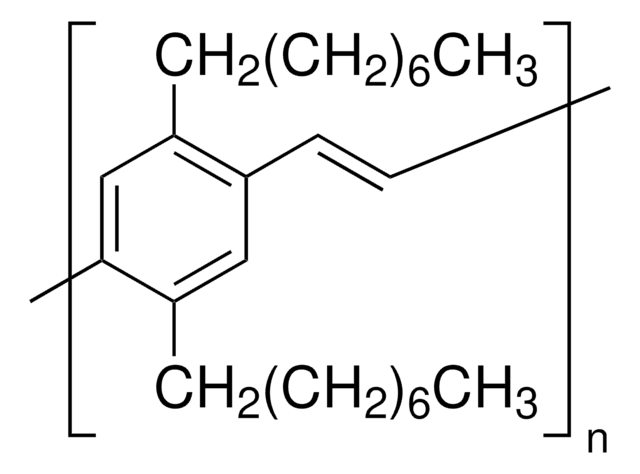Key Documents
Safety Information
A9647
Bovine Serum Albumin
heat shock fraction, pH 7, ≥98%
Synonym(s):
Albumin bovine serum, BSA, Bovine albumin
Select a Size
Select a Size
About This Item
Recommended Products
biological source
bovine
Assay
≥98%
form
lyophilized powder
mol wt
~66 kDa
purified by
heat shock fractionation
origin
USA origin
technique(s)
immunocytochemistry: suitable
impurities
≤5.0% Loss on drying
loss
≤5%
pH
7
Looking for similar products? Visit Product Comparison Guide
1 of 4
This Item | 546585 | 554995 | 653438 |
|---|---|---|---|
| mol wt Mw ≥20000 | mol wt - | mol wt - | mol wt - |
| solubility chloroform: soluble | solubility chloroform: soluble | solubility chlorinated solvents: soluble (including chloroform) | solubility - |
| λmax 365 nm | λmax - | λmax 381 nm | λmax - |
| fluorescence λex 374 nm; λem 417 nm in chloroform(lit.) | fluorescence λex 387 nm; λem 420 nm in chloroform | fluorescence λex 383 nm; λem 419 nm in chloroform | fluorescence λex 406 nm; λem 490 nm in chloroform |
| OLED device performance ITO/PEDOT:PSS/PVK/PFO/Ca | OLED device performance - | OLED device performance - | OLED device performance - |
General description
Application
- BSA has been used in cell culture, e.g. as a supplement in media prepared for culturing of oligodendrocytes.[4]
- BSA has been used for the dilution of primary antibody solution in immunohistochemistry procedures.[5]
- BSA has been used as a standard in the Bradford method of protein quantification.[6]
- BSA has been used in blocking and permeabilization buffer for immunofluorescence studies.[7]
Biochem/physiol Actions
Preparation Note
also commonly purchased with this product
Storage Class Code
11 - Combustible Solids
WGK
WGK 1
Flash Point(F)
Not applicable
Flash Point(C)
Not applicable
Personal Protective Equipment
Regulatory Information
Choose from one of the most recent versions:
Certificates of Analysis (COA)
Don't see the Right Version?
If you require a particular version, you can look up a specific certificate by the Lot or Batch number.
Already Own This Product?
Find documentation for the products that you have recently purchased in the Document Library.
Which document(s) contains shelf-life or expiration date information for a given product?
If available for a given product, the recommended re-test date or the expiration date can be found on the Certificate of Analysis.
How do I get lot-specific information or a Certificate of Analysis?
The lot specific COA document can be found by entering the lot number above under the "Documents" section.
What is the molecular weight of Product A9647, Albumin from bovine serum?
The molecular weight of BSA is 66,430.
How can the concentration of a solution of Product A9647, Albumin from bovine serum, be quantified?
The concentration of a solution of BSA can be measured by using the extinction coefficient (E1%) of 6.67. The 1% refers to a solution that is 1% weight-to-volume (i.e., 10 mg/mL).
What is the pH of a solution of Product A9647, Albumin from bovine serum?
The pH of a 1% solution is approximately 7.0, according to the product specifications.
How do I find price and availability?
There are several ways to find pricing and availability for our products. Once you log onto our website, you will find the price and availability displayed on the product detail page. You can contact any of our Customer Sales and Service offices to receive a quote. USA customers: 1-800-325-3010 or view local office numbers.
What is the Department of Transportation shipping information for this product?
Transportation information can be found in Section 14 of the product's (M)SDS.To access the shipping information for this material, use the link on the product detail page for the product.
My question is not addressed here, how can I contact Technical Service for assistance?
Ask a Scientist here.
Articles
This solution is used as a substrate for detecting horseradish-peroxidase conjugates in Western blotting.
Experience effective immobilization of protein A on wide-pore epoxy-modified silica monoliths for mAb separation, showcasing the efficiency of Chromolith® WP 300 columns in achieving faster and highly reproducible biomolecule separations.
Explore serum albumin's role in serum-free cell culture systems for biomanufacturing.
Protocols
To measure alcohol dehydrogenase activity, this assay uses β-nicotinamide adenine dinucleotide phosphate and a continuous spectrophotometric rate determination at 340 nm.
Use this protocol to for the entire immunohistochemistry (IHC) procedure through staining and visualization of specific antigens in paraffin-embedded tissue sections.
Related Content
Three-dimensional (3D) printing of biological tissue is rapidly becoming an integral part of tissue engineering.
Our team of scientists has experience in all areas of research including Life Science, Material Science, Chemical Synthesis, Chromatography, Analytical and many others.
Contact Technical Service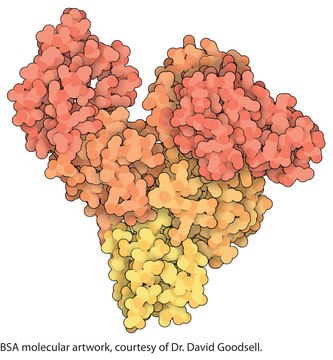

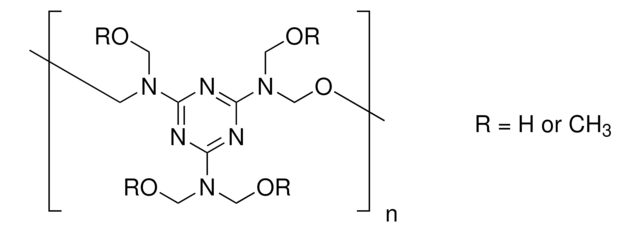
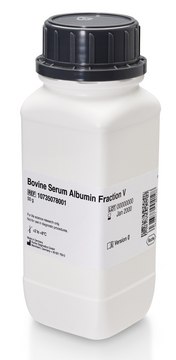
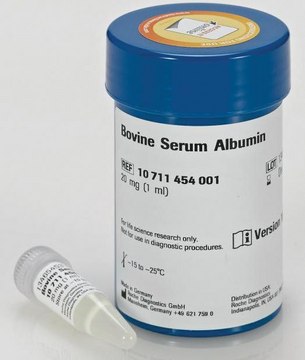
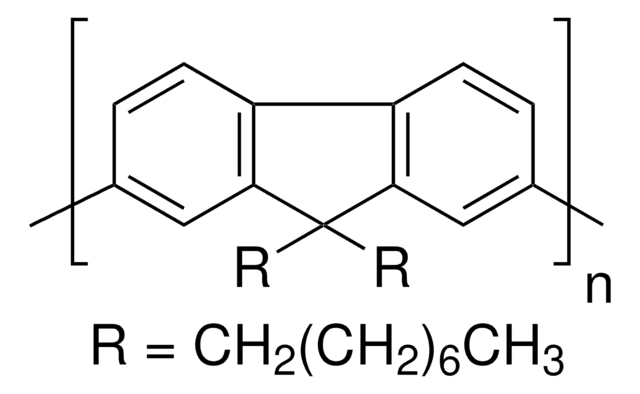
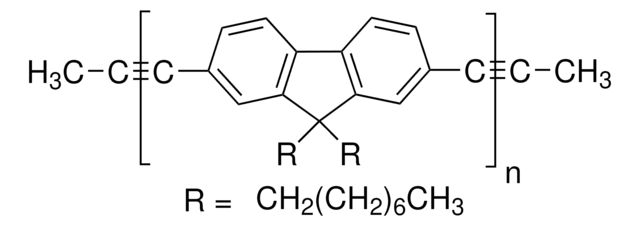
![聚[9,9-二(2′-乙基己基)芴-2,7-亚基乙炔撑]](/deepweb/assets/sigmaaldrich/product/structures/155/674/277eab87-30ef-4ab6-b6fe-a64f1ed7ecd8/640/277eab87-30ef-4ab6-b6fe-a64f1ed7ecd8.png)
